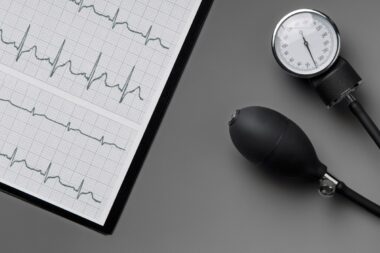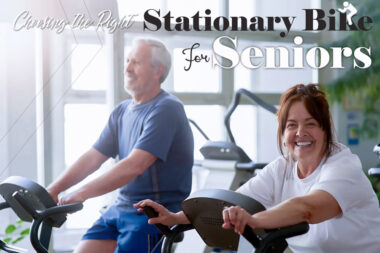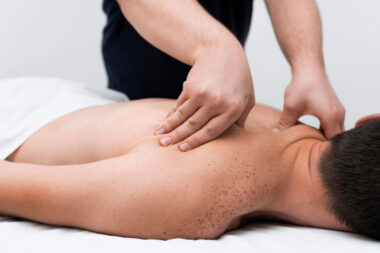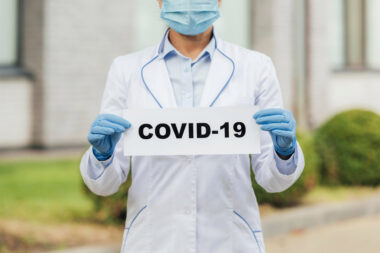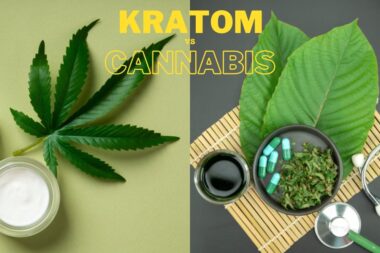Being able to spot the warning signs of stroke may help you save someone’s life.
Although normally associated with the elderly, stroke is a medical emergency that can strike anyone, at any age, and at any time. Approximately 38% of people hospitalized for stroke are under age 65[1]. Every year, more than 785,000 people in the U.S. have a stroke[2].
A stroke is a sudden interruption of blood flow to the brain, which can have devastating consequences if not treated promptly. It can be caused by either a blood clot (most common) or a burst blood vessel.
The good news is that recognizing the warning signs of a stroke and taking swift action can make all the difference in saving lives and reducing long-term disability.
In this blog post, we will explore why it’s essential to know the warning signs of a stroke, what those signs are, and what to do if you or someone you know experiences them.
The Importance of Stroke Awareness
Rapid Response Saves Lives
Time is of the essence when it comes to treating a stroke. Every minute counts because brain cells are dying with each passing second during a stroke.
Recognizing the warning signs and acting promptly can significantly increase the chances of survival and minimize the long-term effects.
Reduce Disability
Strokes can leave individuals with long-term disabilities such as paralysis, speech problems, and cognitive impairments. Early intervention can minimize the extent of these disabilities and improve the chances of recovery.
Improve Quality of Life
Surviving a stroke can be life-changing. Being aware of the warning signs allows individuals to seek treatment before the stroke causes irreversible damage, thereby preserving their overall quality of life.
Also read: The Healthy Diet to Promote Heart Health
Common Warning Signs of Stroke
Use the acronym, “FAST,” to quickly spot a stroke (and maybe save a life):
F → Face Drooping: One side of the face may droop or become numb. Ask the person to smile; if their smile is uneven or lopsided, it could be a sign of a stroke.
A → Arm Weakness: One arm may become weak or numb. Ask the person to raise both arms; if one arm drifts downward, it could indicate a stroke.
S → Speech Difficulty: Speech may become slurred or incoherent. Ask the person to repeat a simple sentence; if they struggle or cannot speak, it’s a red flag.
T → Time to Call 911: If you or someone else experiences any of these symptoms, don’t wait. Call 911 immediately. Even if the symptoms seem to improve, it’s crucial to seek medical attention because they could return or worsen.

Additional Warning Signs
1. Sudden Severe Headache: A sudden, intense headache with no known cause can be a sign of a stroke.
2. Dizziness and Loss of Balance: Sudden dizziness, loss of balance, or difficulty walking can be indicative of a stroke.
3. Vision Problems: Sudden blurred or double vision, or sudden loss of vision in one or both eyes, should not be ignored.
Stroke Risk Factors
Anyone can have a stroke but certain medical conditions and behaviors can increase the risk that a stroke will occur. These are similar to conditions and behaviors that lead to other blood flow problems such as heart attacks.
According to the CDC, previous incidents of stroke, high blood pressure, cholesterol, heart disease, diabetes, obesity, and sickle cell disease are all health conditions that can increase the likelihood of having a stroke.
Eating a diet high in saturated fats, trans fats, and cholesterol, not getting enough physical activity, drinking too much alcohol, and tobacco use are behaviors that can increase the risk for stroke.
Treating Stroke
The treatment of stroke patients varies depending on the type of stroke. For ischemic strokes caused by blocked blood vessels, treatment options include thrombolytic therapy to dissolve clots, mechanical thrombectomy to physically remove clots, and medications to prevent clot formation.
Hemorrhagic strokes, resulting from brain bleeding, may require surgery to stop the bleeding or manage vascular abnormalities, along with blood pressure control. Supportive care includes monitoring, medication management, and rehabilitation to aid recovery.
Secondary prevention involves addressing risk factors. Time-sensitive action is crucial, and stroke care is a collaborative effort involving various healthcare professionals to optimize outcomes.
Also read: 3 Most Common Heart Diseases You Should Know
In Conclusion
Stroke is a silent threat that can strike without warning, but being aware of the warning signs and taking prompt action can be the difference between life and death, or between a full recovery and lasting disability.
It’s essential to educate yourself and those around you about the signs of a stroke, remember the FAST acronym, and never hesitate to call 911 if you suspect someone is having a stroke.
By raising awareness and acting swiftly, we can save lives and help stroke survivors regain their health and independence.
References:
- Jackson G, Chari K. National Hospital Care Survey Demonstration Projects: Stroke Inpatient Hospitalizations. Natl Health Stat Report. 2019 Nov;(132):1-11.
- Tsao CW, Aday AW, Almarzooq ZI, Beaton AZ, Bittencourt MS, Boehme AK, et al. Heart Disease and Stroke Statistics—2023 Update: A Report From the American Heart Association. Circulation. 2023;147:e93–e621.
Image Credit: Unsplash

Aaron Charlton, PhD writes about health, science, and travel topics. He did his PhD work in Consumer Behavior at the University of Oregon (’19). Aaron also writes on topics of scientific integrity and is sometimes quoted in the media on such topics.

